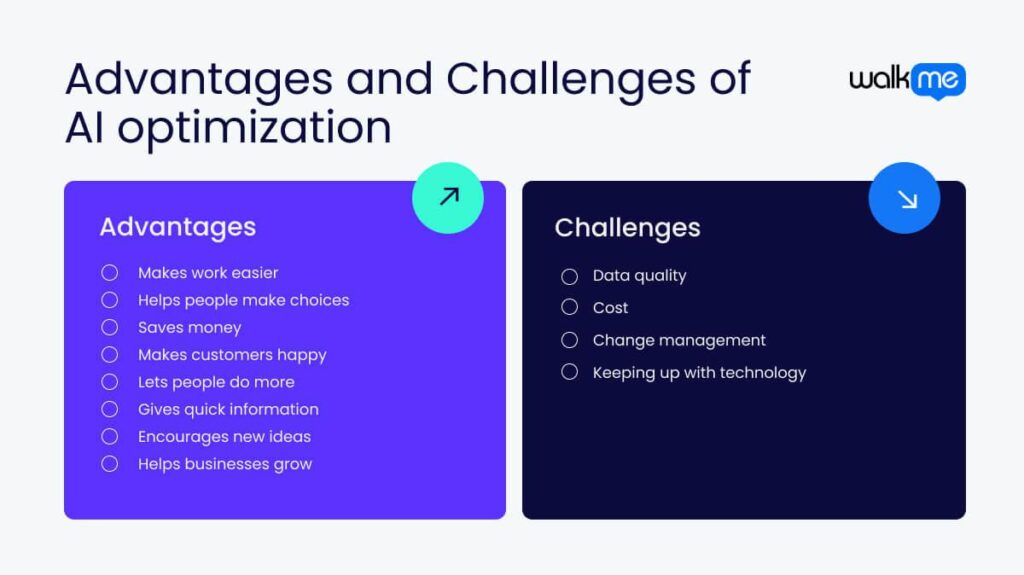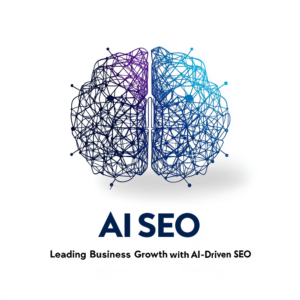In today’s digital landscape, visual content has become an indispensable component of effective online dialog. With millions of images and videos vying for attention, optimizing this visual content for search engines is more crucial than ever. Enter artificial intelligence (AI) — a game-changing tool that is revolutionizing how we approach image and video SEO. From bright tagging and automated metadata generation to advanced analytics and predictive insights, AI is not only streamlining processes but also enhancing the search visibility of visual content. In this article, we’ll explore the transformative role of AI in optimizing images and videos, offering practical strategies to elevate your SEO efforts and ensure that your visual assets are reaching their fullest potential in an increasingly competitive online surroundings. Whether you’re a seasoned marketer or just starting out, understanding the synergy between AI and SEO will empower you to harness the full power of your visual content.
Table of Contents
- Understanding the Importance of image and Video SEO in Digital Marketing
- Leveraging AI Tools to Streamline Image and Video Optimization Processes
- Best Practices for Implementing AI-Driven Metadata and Alt Text Solutions
- Future Trends: How AI Will Shape the Landscape of Visual Content SEO
- To Wrap It Up
understanding the Importance of Image and Video SEO in Digital Marketing
In today’s digital landscape, where visuals dominate user engagement, the significance of optimizing images and videos cannot be underestimated. Both image and video SEO enhance visibility, driving organic traffic that can considerably boost conversion rates. To maximize their potential, businesses must focus on several key factors:
- File Naming: Use descriptive and keyword-rich file names to help search engines understand the content.
- Alt Text: Incorporate relevant keywords in alt attributes to improve accessibility and image searches.
- Video Titles and Descriptions: Craft engaging, keyword-focused titles and detailed descriptions for videos to optimize their indexing.
- Loading Speed: Ensure that media files are compressed and optimized for faster loading times, as this directly influences user experience.
The rise of AI technology has further revolutionized this SEO journey. With tools equipped to analyze user behavior and preferences, marketers can tailor their image and video content to meet the specific needs of their target audience. Consider the following advantages of using AI in this domain:
| Advantage | description |
|---|---|
| Automated Tagging | AI tools can auto-generate relevant tags and keywords based on content analysis. |
| Predictive Insights | AI platforms can predict trending topics, enabling proactive content creation. |
| Enhanced Personalization | AI can help tailor video recommendations, fostering greater user engagement. |
Leveraging AI Tools to Streamline Image and Video Optimization Processes
In today’s digital landscape, leveraging AI tools to enhance image and video optimization has become a game changer for businesses aiming to improve their visibility online. AI algorithms can analyze images and videos, automatically generating relevant metadata such as titles, descriptions, and alt texts, which enhances search engine accessibility. By using these tools, content creators can streamline their SEO processes, ensuring that every image or video is tailored for optimal performance in search rankings. Moreover, machine learning models can evaluate user engagement metrics, allowing marketers to determine which visual content resonates best with their audience. This data-driven approach not only saves time but also boosts engagement and conversion rates.
Another significant advantage of AI in image and video optimization lies in its ability to adapt and learn continuously. AI platforms can automatically resize, compress, and format images and videos based on specific requirements, maintaining high quality while ensuring faster load times—crucial factors for SEO success. By automating these processes, businesses can dedicate their resources to strategic planning and creative growth rather than manual optimization tasks. Consider the following benefits of adopting AI in your SEO strategy:
- Time Efficiency: Automates repetitive tasks, allowing for faster turnaround.
- Improved Accuracy: reduces human error in metadata generation.
- Data-Driven Insights: Harnessing analytics for targeted improvements.
- Adaptive Learning: continuously optimizes processes based on performance metrics.
Best Practices for Implementing AI-Driven Metadata and Alt Text Solutions
To effectively implement AI-driven metadata and alt text solutions, it’s essential to begin with a clear understanding of your content and target audience. Leveraging AI tools can streamline the process by analyzing images and videos to generate contextually relevant descriptions and keywords. Key strategies include:
- Selecting the right AI platform: Choose tools that align with your specific needs,such as image recognition capabilities or natural language processing.
- Training the AI model: If feasible,customize your AI models to understand your unique content themes and industry-specific terminology.
- Regularly updating the metadata: Ensure that as your content evolves, so does the accuracy and relevance of your alt text and metadata.
Moreover, integrating AI solutions in a coherent workflow enhances efficiency and accuracy. Automating the generation of metadata can significantly reduce manual workload and allow for consistency across your media assets. It’s also vital to involve human oversight to ensure the outputs meet quality standards. Consider these practices:
- Review outputs: Periodically check the AI-generated descriptions to maintain a high standard of quality.
- A/B testing: Experiment with different alt texts to gauge which variations optimize SEO performance more effectively.
- User feedback: Encourage website visitors to provide feedback on image descriptions for continuous improvement.
| Practice | Description |
|---|---|
| Automated Generation | Utilizing AI to produce metadata rapidly for large volumes of content. |
| Human Oversight | Incorporating manual checks to ensure quality and accuracy. |
| Monitoring Performance | regularly analyzing SEO metrics to assess effectiveness. |
Future Trends: How AI Will Shape the Landscape of Visual Content SEO
The future of visual content SEO is increasingly intertwined with the advancements in artificial intelligence. As algorithms become more complex, AI will play a crucial role in understanding and analyzing images and videos. This will lead to more effective optimization strategies. As an example, AI-driven tools can now provide insights on:
- Image Recognition: Identifying objects, settings, and actions in photos and videos to enhance relevance and context.
- Automatic Tagging: Generating accurate meta tags and captions based on visual content analysis, saving time for content creators.
- User Engagement Analysis: Assessing which images and videos capture audience attention and adjusting content strategies accordingly.
Moreover, the implementation of AI in visual content SEO can lead to tailored user experiences.This personalization can be achieved through:
- Dynamic Content recommendations: Suggesting relevant visual elements based on user behavior and preferences.
- Enhanced Accessibility Features: utilizing AI to improve alt text and subtitles for a wider audience reach.
- Real-time Analytics: Monitoring performance metrics for visual content,enabling rapid adaptation to trends.
| AI Application | Benefit |
|---|---|
| Image Recognition | Improved context understanding |
| Automatic Tagging | Efficient metadata creation |
| Dynamic Content Recommendations | Enhanced user engagement |
To wrap It Up
As we conclude our exploration of enhancing image and video SEO through the lens of AI, it’s clear that the future of digital optimization is not only luminous but also increasingly intelligent.The integration of artificial intelligence into SEO strategies offers unprecedented opportunities for businesses and content creators to elevate their visibility and engagement in an ever-competitive landscape.By embracing advanced tools that analyze, tag, and optimize visual content, you can ensure that your images and videos not only capture attention but also drive meaningful traffic to your site.
As you move forward, remember that the key to successful image and video SEO lies in a holistic approach—leveraging AI while also focusing on quality content, user experience, and best practices. Stay ahead of the curve by continually experimenting with new technologies and adapting to the evolving digital environment.
The right combination of creativity and technology can unlock new levels of performance for your visual content strategy, ultimately helping you connect more effectively with your audience. So, dive into the world of AI-powered optimization and watch your image and video content flourish. The digital landscape is evolving; it’s time to evolve with it.Happy optimizing!


